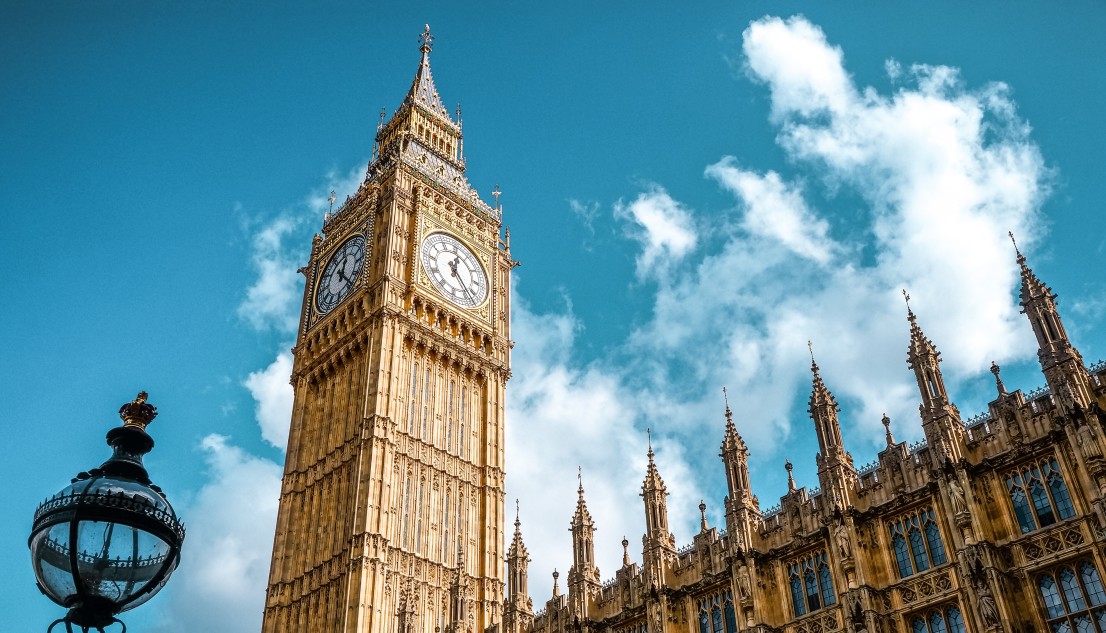In the wake of George Floyd, Breonna Taylor, and the deaths of other black victims of police violence, discussions about racial justice have concerned tiers of racism — individual, institutional, and systemic. The philosophical underpinning of these terms makes assumptions about the nature of disparity, humanity, and prejudice that often go unchecked. What does intellectually responsible engagement in such conversations look like, and how should Christians navigate the concept of systemic racism? To better understand the answers to these questions, it is important to explore the conceptual origins of systemic racism, its advantages, and its disadvantages.
Building off Kwame Ture’s ideas in his 1967 book “Black Power: The Politics of Liberation,” (Vintage Books), Joe Feagin published “Systemic Racism: A Theory of Oppression” (Routledge, 2006). The ideas proposed in his book crystallize into three tiers of racism, which are helpfully summarized by the Multicultural Resource Center. Individual racism occurs if a person holds racist beliefs or accepts prevailing stereotypes of racial groups and carries those ideas into their relationships with others. Notably, systemic race theory (SRT) holds that an individual can be racist consciously or unconsciously. The next tier is institutional racism, which can apply to any social or governmental institution, such as banks or public schools. An institution is racist if its policies or practices result in different outcomes for different racial groups, specifically disadvantaging people of color. Even if an institution does not intentionally promote racist policy, it qualifies as racist in SRT. Lastly, systemic racism is the legitimization of adverse outcomes for minorities created by the previous two tiers. These ideas can be helpful but, in many ways, impede understanding.
Addressing the first tier of SRT, individual racism, Christians should be on guard against secular teachings that provide extra-biblical definitions of sin. Christians should understand that “all have sinned and fall short of the glory of God,” accept the atonement and forgiveness of Christ, and remain vigilant against sin (James 4:17). However, apologizing for unconscious sin, in the style of antiracism books, such as Robin DiAngelo’s “White Fragility: Why It’s So Hard for White People to Talk About Racism” (Beacon Press, 2018), are not in keeping with Jeremiah 17:9–10, which declares that the “heart is deceitful” beyond understanding and only the Lord can know it. Sins occurring in the unconscious realm of the human mind, if they exist, can only be understood by God. Indeed, a preoccupation with such philosophies results in pride and legalism.
The remaining two tiers of SRT are not as black-and-white and can be tools for Christian engagement, although flawed. James K. A. Smith writes that fulfilling God’s call to justice will require looking beyond individual conversion to “reform the systems and structures” perpetuating “unjust privilege.” To that end, it is necessary to evaluate the merits of SRT and determine its role in the pursuit of justice.
Police brutality provides a case study of the advantages and disadvantages of SRT for understanding and discussing racial issues. The ideology of systemic racism recognizes the history of unjust policing of African Americans, with its adherents calling it an “inherited system.” This plays an important role in understanding the breakdown of trust between police officers and the communities of color they patrol, leading to suggestions for “softer, more communal models” that may prove beneficial. Another strength of SRT is its ability to highlight problems racial groups face. Its focus on racial disparities in the aggregate helps generate eye-opening statistics, revealing that “black men are about 2.5 times more likely to be killed by police over the life course than are white men. Black women are about 1.4 times more likely to be killed by police than are white women.” As a result, SRT helps highlight problems and call people to action.
However, the ideology does not easily lend itself to a straightforward pursuit of solutions. Recall that institutional racism is defined as any institution that generates racial disparities. It follows that US police departments are racist institutions. SRT insists on the unworkability of institutions founded on “white-on-black oppression,” which alienates members of those institutions who may possess valuable expertise for finding solutions. Consider the Seattle City Council’s defunding of the Seattle Police Department in response to growing protests against police brutality. Whether this decision was appropriate or not, the council’s commitment to SRT alienated the city’s first black chief of police, Carmen Best, who previously expressed her willingness to reimagine “community safety,” hoping police and civilian “perspectives and experiences” would be involved. City council proceeded without her leadership, leading to Chief Best’s resignation and sparking public outcry from protestors of police brutality seeking change. SRT’s divisive terminology and insistence on dismantling racist institutions undermine cooperation and obscure solutions, especially those that have nothing to do with race.
There is more to the story behind racial disparities than flawed institutions or individual bias. Quillette columnist, Coleman Hughes, states, “There’s a huge amount of literature that’s founded on the presumption that in the absence of bias, groups would achieve identical outcomes.” Although SRT serves as a good whistleblower for disparities, analysis of other factors outside of racism, such as disproportionate crime rates, are necessary for addressing racial issues. In a 2017 study, black Harvard Professor of Economics Roland G. Fryer set out to quantify police bias. Fryer found that police are 50 percent more likely to use nonlethal force on blacks and Hispanics but that there are no racial differences in officer-involved shootings, controlling for assumptions made about races based on their statistical likelihood of committing a crime.
The Bureau of Justice Statistics has noted that, between 1980 and 2008, blacks were six times more likely to be victims of homicide and eight times more likely to commit homicides than whites were. The onus is on police departments to impose harsher consequences for excessive use of nonlethal force against minorities. Concerning police shootings, the solution lies not in dismantling police departments, but in combating the challenges minority groups face, which lead to racially disproportionate levels of crime.
To reduce rates of police brutality, it is necessary to analyze factors, such as the disproportionate impact of violent crime on black communities, which lead to run-ins with police in the first place. SRT is one ideological framework that neglects these factors, resulting in a “general reluctance to speak openly about the race and crime connection.” Poverty is one factor explaining disproportionate crime rates. Historical reasons for the racial wealth gap include “congressional mismanagement of the Freedman’s Savings Bank,” “the violent massacre decimating [Black Wall Street] in 1921,” and “redlining.”
Sociocultural factors, such as community values, the stigmatization of blackness, absentee fathers, and “behavior patterns inhibiting African-Americans from seizing [educational, economic, and other] opportunities” have been noted to contribute to persistent racial economic inequality. Some researchers find that “reductions in neighborhood poverty appear to produce similar reductions in violent crime in white and black neighborhoods.” Reducing poverty is a major component of the solution for the institutional racism of police departments. However, SRT’s framing of the problem as being one created by prejudice and solved by institutional dismantling impedes this discovery.
An ideology of the black radical intellectual tradition, SRT is modestly helpful to Christians in understanding the various factors that oppress minorities. However, its oppressor-oppressed framing neglects socioeconomic forces and community culture, which also play a role in crime rates and police violence. When employing the language of SRT, it is crucial to clarify its accusatory bend and antiwhite sentiment. However, there is wisdom in recognizing the long history many American institutions have of marginalizing minorities. Although, this criticism should come with the goal of rectifying institutions to improve conditions rather than condemning for condemnation’s sake.



